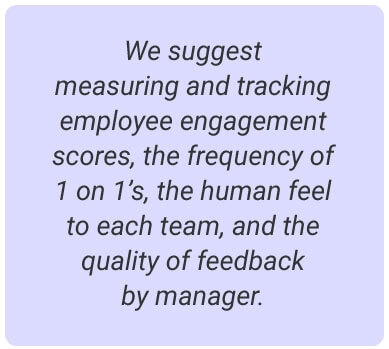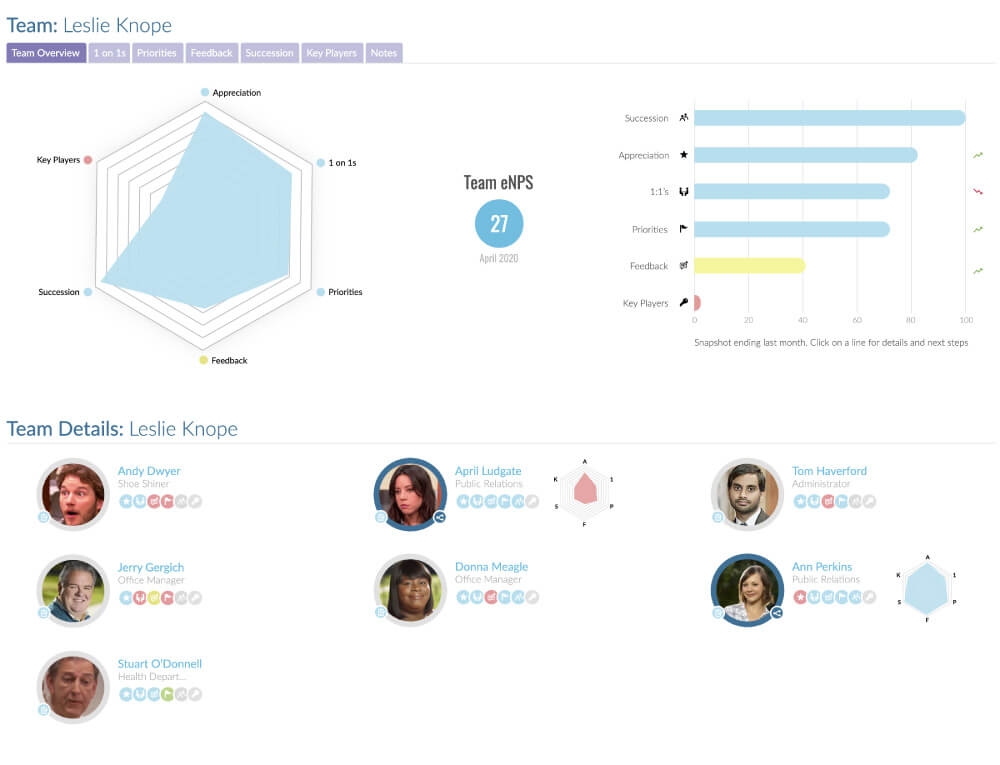
Keeping Up With Your Managers
March 5, 2021
|
Erika Rahman
Measure the right things

1. Employee Engagement
2. 1 on 1 trackers
3. The human feel
4. Feedback

One product to monitor management effectiveness
About the Author

Erika Rahman is a Product Marketing and Content Specialist at Motivosity. She studied marketing and business management at Utah Valley University. Erika has a broad background—from optometry to trade school administration—giving her a love and understanding for people across industries. She grew up in Northern California and Colorado, and currently calls the Utah slopes home.
Learn More
Learn More






